by Michael Haskew
Following the disastrous retreat of his Grand Armée from Russia in the winter of 1812, Napoleon Bonaparte, still a renowned military commander and the Emperor of France, recruited a new army and prepared to defend France against the coalition forces of Russia, Prussia, Sweden and Austria. Although he raised an army of 200,000, the force was barely one-third the size of that which he had taken into Russia, and its raw recruits were not of the fighting caliber of his lost veteran soldiers. In contrast, the Coalition army numbered nearly 400,000, and it fielded 1,400 pieces of artillery, twice that of Napoleon’s inexperienced contingent.
[text_ad]
In early 1813, Russian and Prussian forces invaded the Germanic state of Saxony, Napoleon’s only remaining ally on the European continent. The defense of Saxony was, in fact, the defense of France itself, and Napoleon moved to counter the Coalition thrust. In May, the French won victories at Lutzen and Bautzen, but Sweden and Austria entered the conflict that summer. Still, Napoleon appeared to have regained his old form, defeating combined enemy forces at Dresden on August 26-27. However, with three additional Coalition armies closing in, he retreated from Dresden to Leipzig and waited for the enemy to arrive, intent on dividing their forces and defeating each in turn.
Closer Than Anticipated
On October 16, French troops repulsed an ill-advised Prussian attack, launched by the Prince of Schwarzenberg without the support of the Russians. The following day, French cavalry under Marshal Joachim Murat charged the Russians and nearly reached the field headquarters of Czar Alexander I before being driven back by Russian horsemen.
Napoleon believed that the Prussians were too far away to mount a strong attack and repositioned some of his forces, leaving a single corps to defend the nearby town of Möckern. However, the Prussians were closer than anticipated; they captured the town and decimated the lone French corps.
On October 18, the combined weight of the now consolidated Coalition armies had a telling effect, bludgeoning Napoleon’s line with relentless frontal attacks and continuous artillery barrages and forcing him to retire his flanks in preparation for withdrawal. The following day, as the Coalition forces prepared to attack Leipzig itself, Napoleon ordered Marshal Alexandre MacDonald to fight a rearguard action in defense of the city with 30,000 troops while the rest of the French army withdrew via the bridges across the Elster River.
Crossing the Elster
At 11 a.m. on October 19, Napoleon crossed the Elster, and two hours later the bridge to the town of Lindenau was blown up, leaving 20,000 French troops marooned on the opposite bank. In a frantic effort to ford the river, many French soldiers were drowned, swept away by the current. Counting the cost, French casualties amounted to 70,000 dead, wounded, and captured. The Coalition lost 54,000 men. Napoleon retreated across the great Rhine River and prepared to defend France against invasion.
The Battle of Leipzig, also known as the Battle of Nations, was by far the largest engagement of the Napoleonic Wars. It also marked the first time Napoleon was defeated in a set-piece battle. The following spring, the triumphant forces of seven major European powers, known as the Sixth Coalition, defeated Napoleon, forced his abdication, and marched triumphantly into Paris.
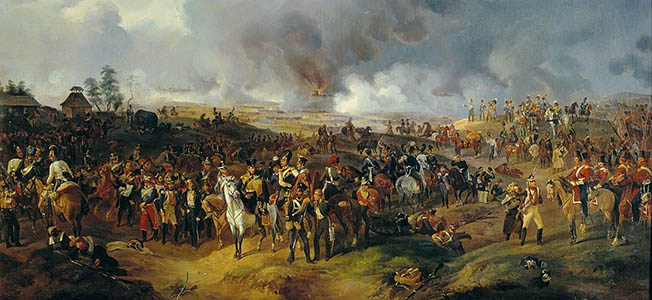
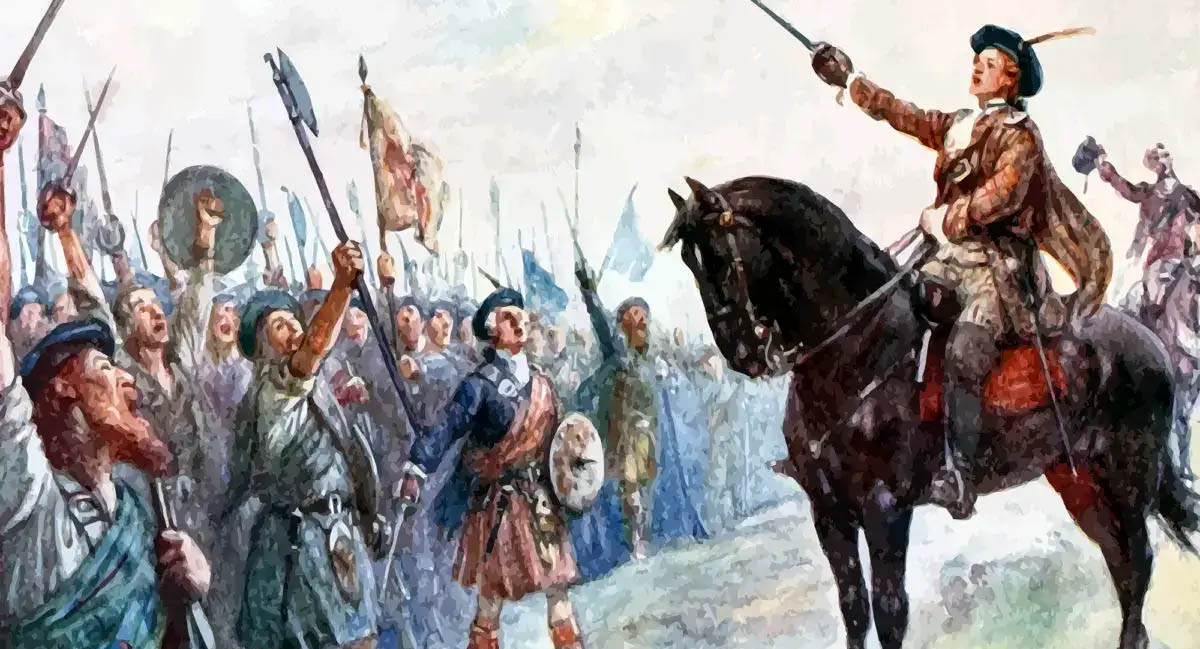
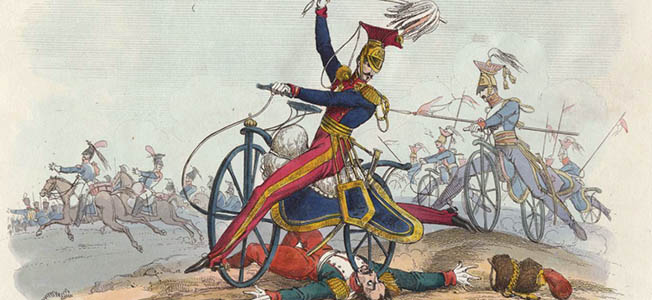
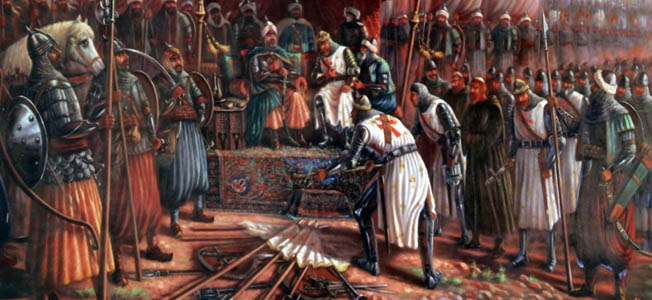
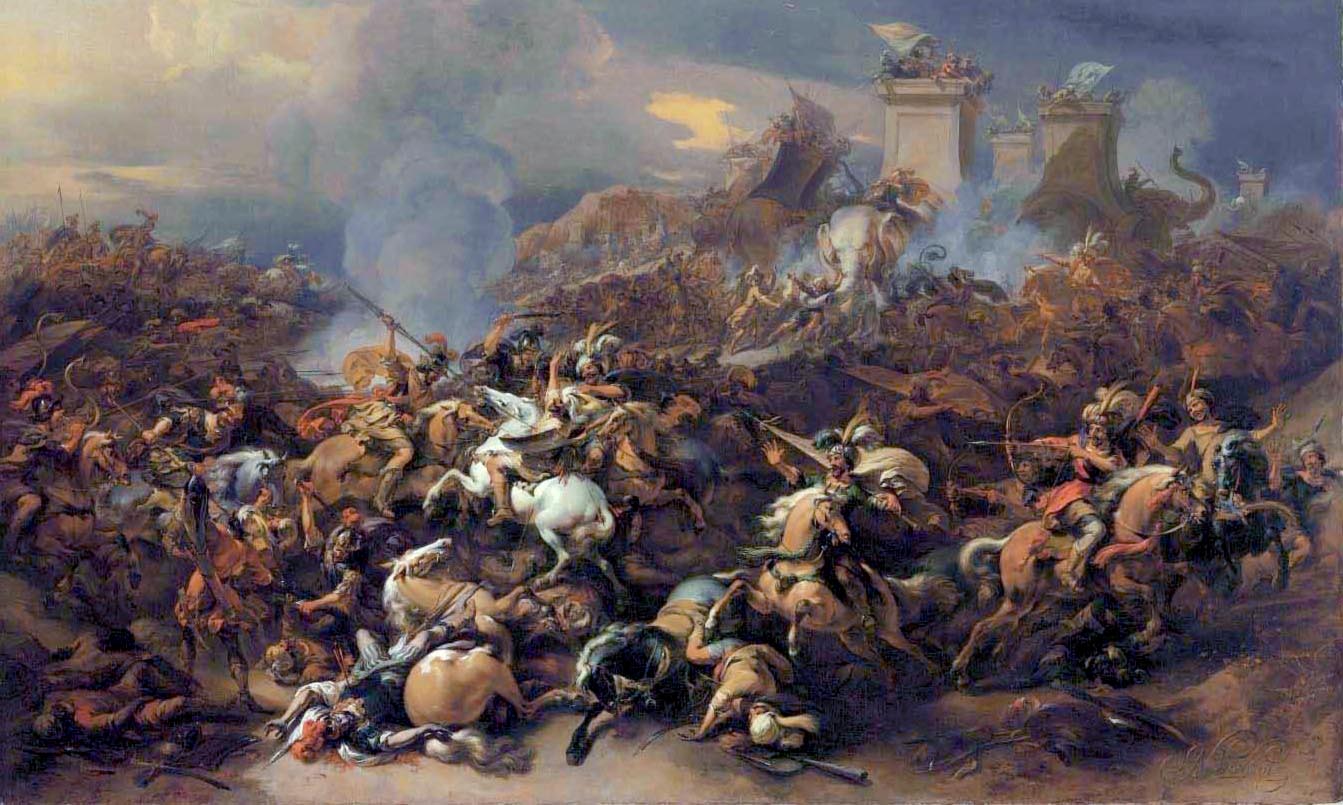

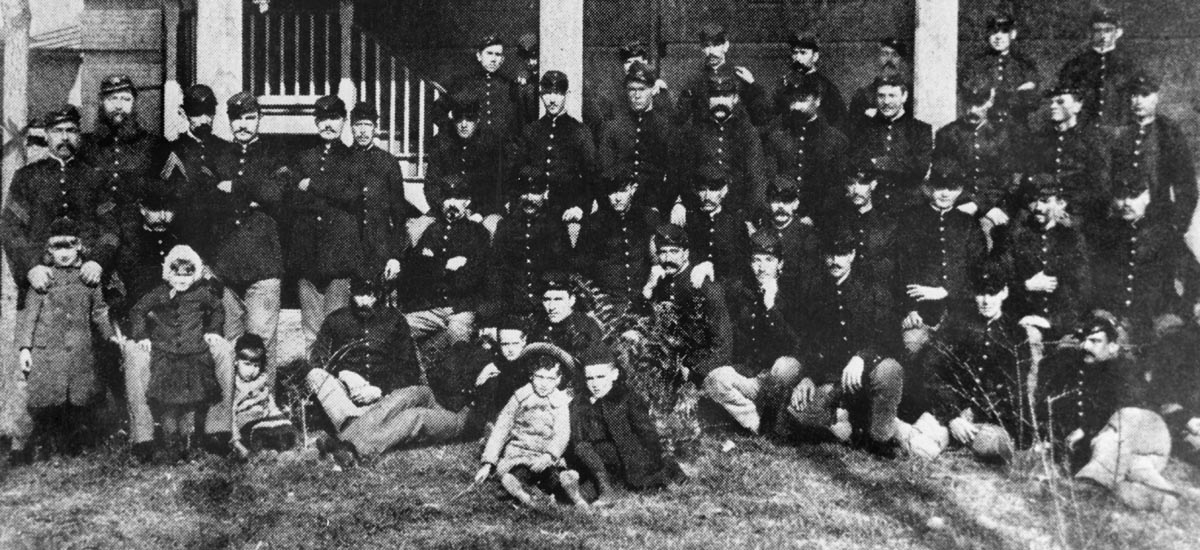
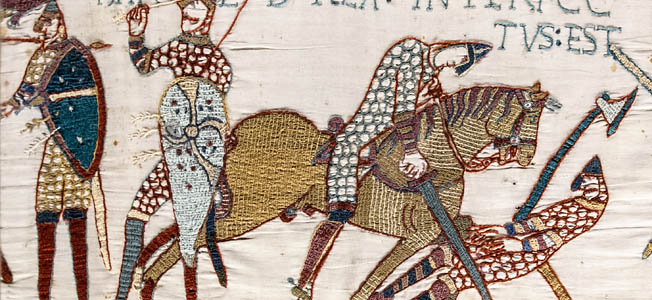
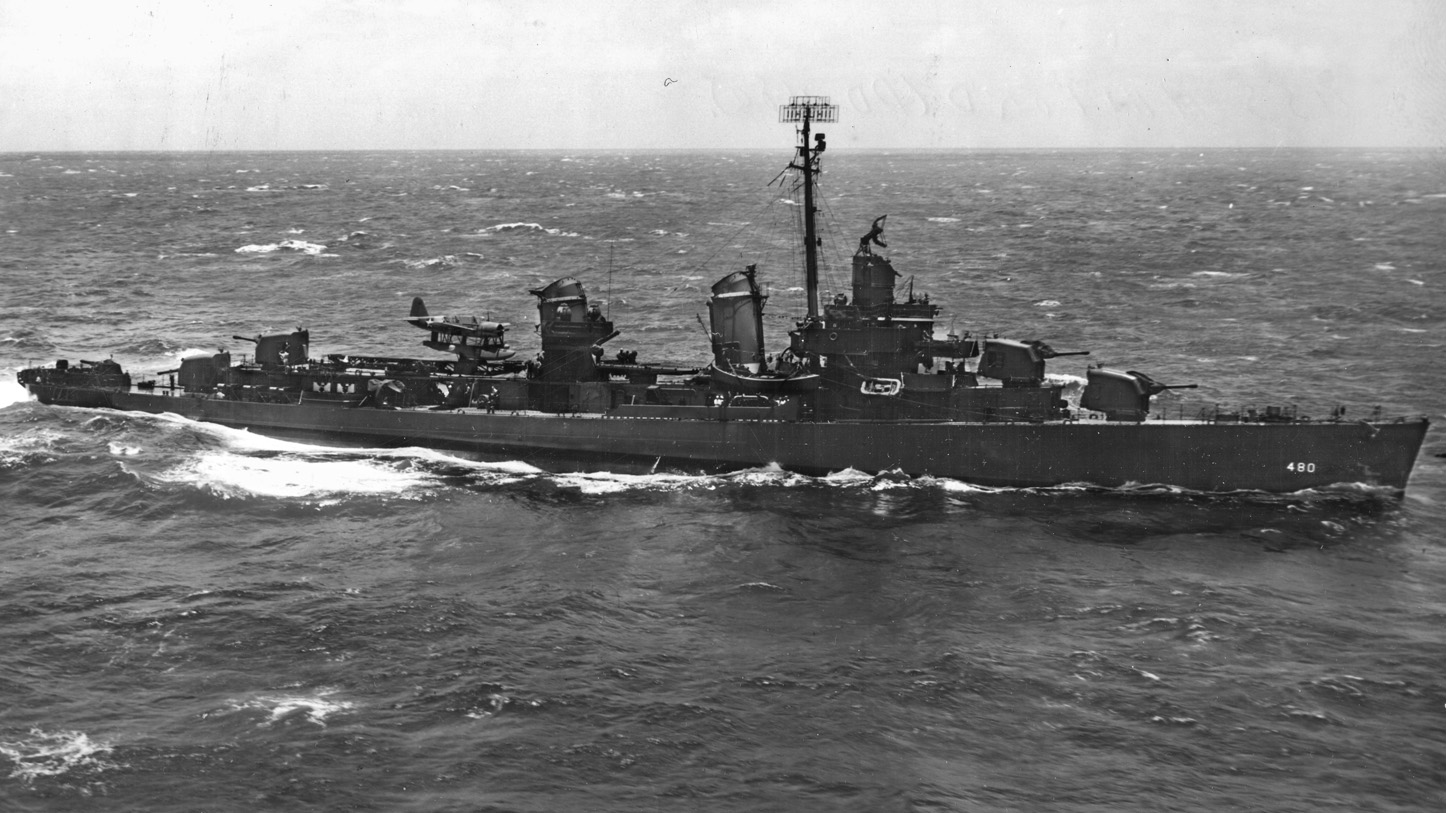
Join The Conversation
Comments
View All Comments